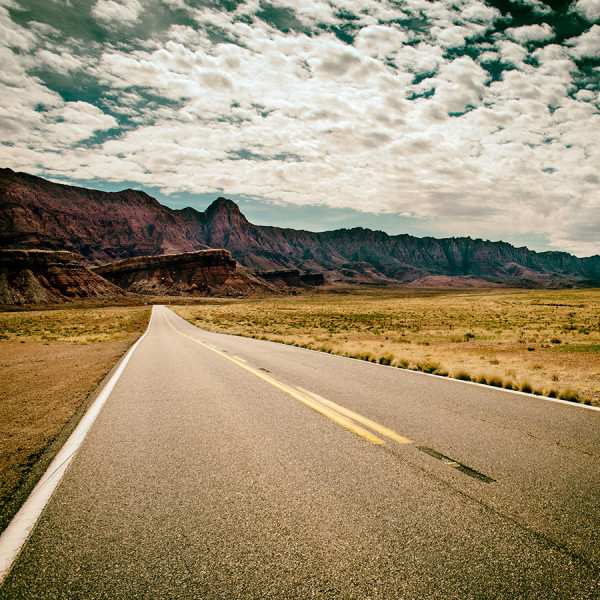My friend Jan Klier (NYC) and I were discussing the recent Getty move to grant access to millions of images for only a byline. He feels it is a good move for photographers, and while I am still somewhat ambivalent we both agree that the worst thing is the overall message that photographs are not worth much anymore.
We also agree that message will fade as photographs are becoming more and more valuable all the time.
No, I am not talking about wedding photographs or baby shots, brochure covers or even ad shots for the newest wizbang gadget.
I mean as a value to our lives. The communication and interaction they facilitate. The shared experiences and cultural manifestations of images are not to be ignored.
From Jan’s post this morning:
“Photographers lack that scale in their marketing. How many portfolio reviews have you been on in the last year? How many people have seen your entire book and seen the majority of your photos? How many people’s opinions have you gotten about your work? Is it a statistically significant number? Doubtfully. Yet, how many people have seen some of your images in some form or another without you knowing about it? How much better could your business be if you could reliably create and market your next photo with the accuracy of an Amazon recommendation?
So while Getty’s latest move may not yet be the photographer’s meta data solution, it’s a move in that direction. Paul Melcher has been involved in Stiple, another smaller endeavor in the same vein.”
From my half of the email exchange this morning:
Change is hard. Change is always harder when multiple models change at the same time. The traditional ‘dollars for hours’ model of the service sector is being tossed on its head. The traditional ‘licensing’ for use’ model is being challenged and in many cases eviscerated.
When we take today’s market and look at it from today’s perspective (rather than one of 20 years ago) we can clearly see that if we began this industry now, we would be using a far different set of tools to create the values we want to maintain. We would not be looking at day-rates, licensing, and controlling access, we would be looking at reach, engagement and open access.
Business models that made no sense 20 years ago, and will make a lot of sense 20 years from now. Or something else entirely, change is indeed constant.
Simply said, the old models don’t work smoothly in today’s environment. It will not get smoother.
And yet that failed model of trying to shoehorn an unworkable model into a clearly bad fit is what so many spend their time and efforts on.
The old model of the business of photography is breathing its last breath. Mediocre photographers who got by in years past are today’s roadkill. Big time shooters are finding other models to follow (McNally the celebrity, Heisler the sage etc…) and this is the natural progression of disruption, be it good or bad not withstanding.
The new model of photography is also quite difficult to see at the moment. It is still in flux, and in fact may never again ‘gel’ into a single, describable entity. It may remain ethereal and erratic, shifting forever without a clear and discernible set of parameters.
Quickly changing cultural beliefs and communication standards will be entering and weaving for quite a few more years… and the pace will most likely not subside (barring a catastrophic failure of society, which may not be out of the question these days).
The fear that photographers have over losing what they had is misplaced. It is already gone. Looking back and wishing it were not so is of no value, and it will avail nothing but more distraction and pain and time lost from moving ahead.
Looking forward may indeed be painful, but it will at least be a start toward understanding the changing nature of photography, how photography is perceived and used, of what value is photography to the culture and how one who creates imagery fits in.
This of course requires more effort, so we will continue to bitch and whine, which of course provides nothing of value, but is far easier to do.
Notice the amazing hit counts on the ‘oh poor woe is us’ posts at Petapixel, VSL, f-stoppers and such. Doom and gloom are still the big attractions for the human race. Early newspaper owners knew it. Media organizations know it. Nothing different in the photography realm.
But we are all aware of those that ignored the doom and gloom fascination of the day to move into a more prosperous tomorrow. Instead of wringing hands and enjoying each other’s suffering, they went out and did… something else. A choice we all have an opportunity to make every single morning we open our eyes.
Today I am trying to figure out how to incorporate Snapchat into my business… not sure I have a breakthrough yet, but I believe there is a way.





